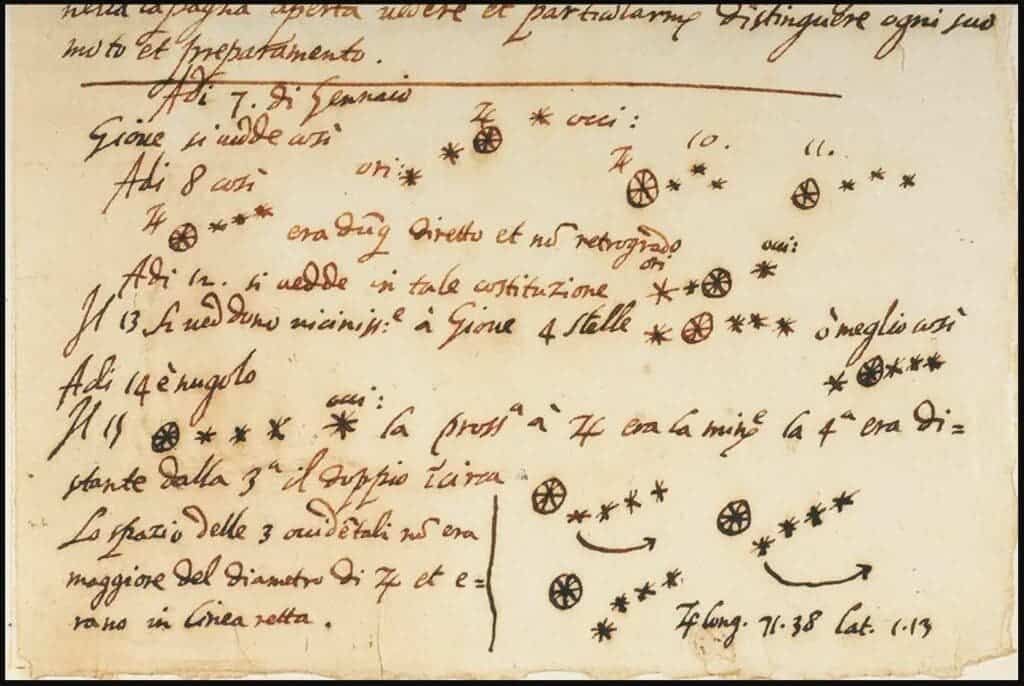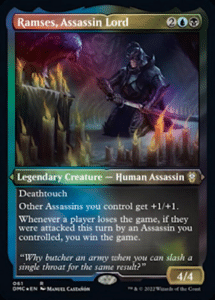Researchers on the College of Michigan sadly report that the College’s Galileo manuscript is way from real; as an alternative, it’s a forgery created someday within the twentieth century.

The doc in query got here into the College’s possession in 1938. It was donated by the trustees of Detroit businessman Tracy McGregor who, in flip, obtained the doc at an public sale of the possessions of the late Roderik Terry, a rich collector of antiquarian books and manuscripts, in 1934. Within the context of that public sale, it was claimed that the doc had been authenticated by the Archbishop of Pisa, Cardinal Pietro Maffi (1858-1931) by way of direct comparability with different letters written by Galileo, which the Cardinal had in his personal assortment.
It appears, nevertheless, that the Cardinal’s eye was not blessed with the power to discern a forgery, because the doc was truly created within the twentieth century — some 400 years after the passing of Galileo.
Incriminating watermarks
The doc consists of a manuscript containing two items of textual content. The primary half represents a draft of a letter that Galileo wrote in 1609, earlier than the presentation of a brand new telescope he was getting ready for the Doge of Venice. The decrease half accommodates a set of notes on the moons of Jupiter.
Each of those texts have supporting materials within the type of authenticated paperwork written by Galileo. A model of the letter within the first half of the manuscript, a last draft, is housed within the State Archive in Venezia, Italy. The ultimate draft of Galileo’s notes on the Jovian moons is saved on the Florence Nationwide Central Library.
That being stated, the doc itself isn’t real, in response to an inside investigation led by the College.
It began with an electronic mail that Nick Wilding, a historian at Georgia State College, despatched in Might 2022. Wilding, who’s engaged on an upcoming biography of Galileo, examined the manuscript for his work. Two components of the doc highlighted by the College of Michigan led him to have “severe doubts” as to its authenticity.
First off, the piece of paper that Galileo had supposedly written on bore the watermarks “AS,” the paper maker’s initials, and “BMO”, referring to the Italian metropolis of Bergamo. This was a robust indicator that the paper itself was a lot newer than it ought to have been; no different doc with that watermark is understood to predate the yr 1770, which is 150 years later than when Galileo was engaged on finding out Jupiter’s moons.
The opposite worrying truth was that historians, attempt as they may and being “extraordinarily thorough” of their searches of Galileo’s works, couldn’t discover any proof of the manuscript present earlier than 1930. The 2 different paperwork Pietro Maffi in contrast this manuscript in opposition to to authenticate it have been later decided to be forgeries as nicely, making his conclusions wildly unreliable.
“It was fairly gut-wrenching after we first discovered our Galileo was not truly a Galileo,” Donna L. Hayward, the interim dean of Michigan’s libraries, informed the New York Instances final week.
The most probably supply of the forgery, and the person Wilding suspects solid the doc, is Tobia Nicotra. Nicotra was a “well-known forger”, in response to college officers, and convicted of promoting a pretend Mozart autograph to the son of a New York Philharmonic Orchestra conductor in 1934. Throughout Nicotra’s trial in Milan, police claimed they discovered proof that Nicotra was getting ready solid autographs of historic figures resembling Abraham Lincoln, George Washington, Christopher Columbus, Martin Luther, Leonardo da Vinci, and Michelangelo, amongst others.
His modus operandi was to go to the Milan library and rip out clean pages from previous books. These would then function the bottom for his solid autographs; well-known musicians have been his most well-liked figures, in response to a 1934 Instances article cited by the Washington Publish.
And Nicotra’s legacy didn’t cease right here. In line with a college assertion, Wilding found an identical Nicotra Galileo forgery within the collections of The Morgan Library in New York Metropolis. This was a letter that the well-known scientist supposedly wrote in 1607. Wilding’s expertise in detecting forgeries goes again to 2012, when he recognized a duplicate of Galileo’s Sidereus Nuncius as a pretend. He’s presently engaged on checking the authenticity of different Galileo supplies, and his findings shall be included in his upcoming e-book.
In mild of those discoveries, the College of Michigan Library is presently reconsidering easy methods to current the doc to the general public. Though it’s pretend, it may nonetheless serve researchers and the general public.
“Sooner or later,” in response to the library assertion, “it could come to serve the analysis, studying, and instructing pursuits within the area of fakes, forgeries, and hoaxes, a timeless self-discipline that’s by no means been extra related.”
